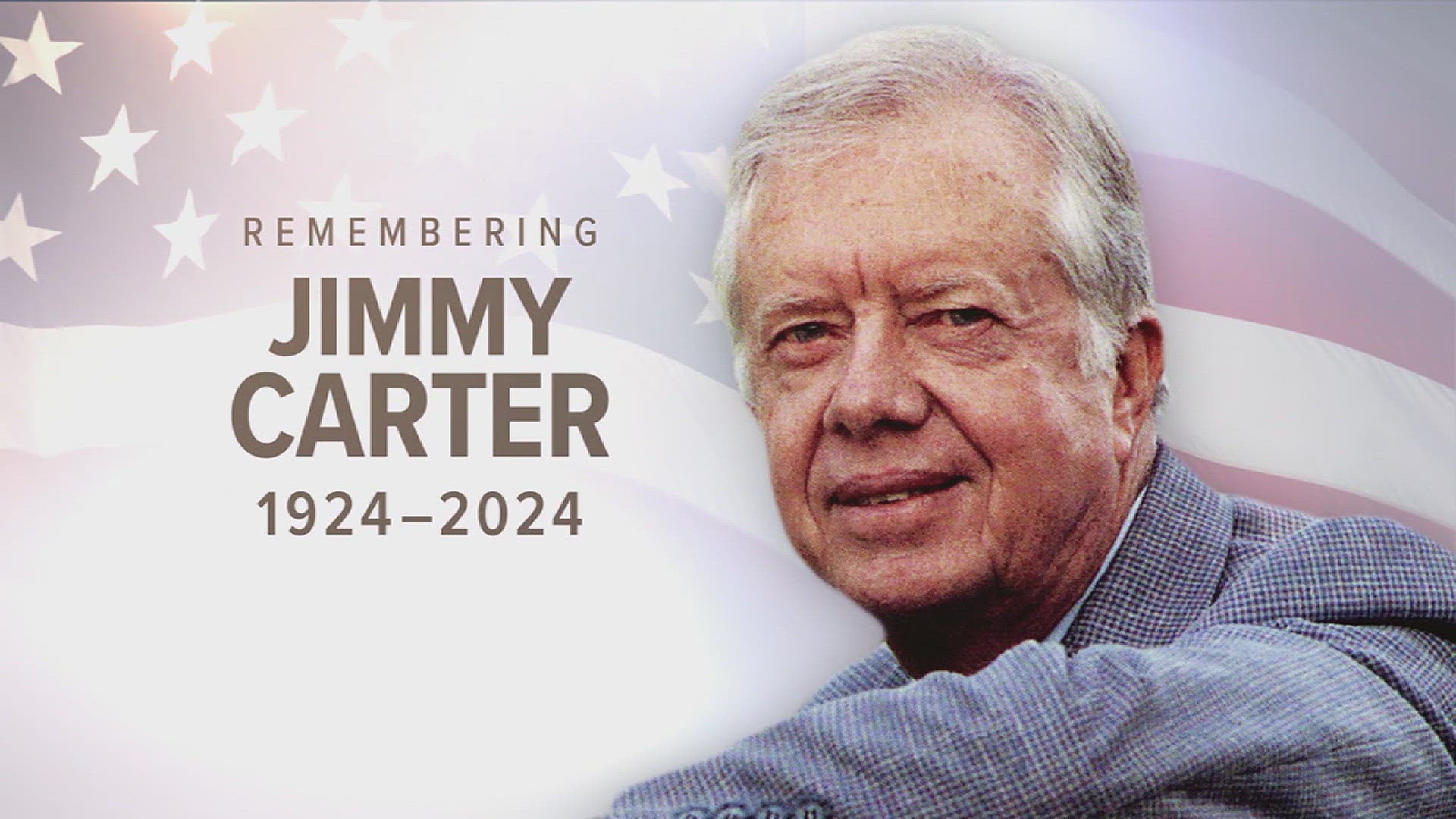(Akiit.com) In Part II of the series, we look at corporate exploitation of Black male sexuality to sell alcohol.
It all started out well enough. Prohibition had been repealed, but the Great Depression came right on its heels. Just when you could finally have a drink, nobody could afford to buy one. Isn’t that always the way?
The war came and went, and on its heels came returning soldiers, a defense industry, and a growing middle class who, thanks to the GI Bill, suddenly had new homes, cars and disposable income. Disposable income also meant entertainment dollars; there was money in the budget for fun pursuits. New breweries sprang up to cash in on the trend of home drunkenness. No bars or lounges for these polite and gentrified folks! They got stinky drunk with class—in the privacy of their own homes! And that’s who the malt liquor marketers aimed their product at: white, middle-class members of the Upright Citizen’s Council. They were white, uptight and boy, could they drink!
HEY, LOOK EVERYBODY, BLACK PEOPLE!
During the civil rights 60’s, advertising and marketing companies began to use Black models in their ads and bought ads in Black magazines like Jet and Ebony. Black people were doing everything in these ads; buying cars, coaching little league, selling insurance even. The gains made during the Civil Rights Movement brought expanded opportunities to the Black middle class. Suddenly big business discovered all these Black people with disposable income. They decided to study what Blacks bought and where they spent their money.
Marketing firms discovered that there were certain products that Black people used more than others, things they bought more times in more quantity than any other group and one of those products was malt liquor. Yes, and the other was menthol cigarettes; now you know.
In 1975, Colt 45 Malt Liquor told you what they were planning to do; at the end of an ad featuring comedian Redd Foxx they planted the subtle message showing their new targets; Blacks and ethnics, represented by Redd Foxx and a racially ambiguous female on one side, and young white people on the other. The older white male had taken a seat to the new blood.
1986 was a year of Libyan terrorism and exploding space shuttles; Chernobyl melted down, Halley’s comet damned near hit us, and the US attacked Tripoli. Nigerian writer Wole Soyinka won the Nobel Prize for Literature that year. The Bears beat the Patriots in the Superbowl and Billy Dee Williams helped to inject sex into malt liquor advertising.
TURN OUT THE LIGHTS
It was simple, really; hire a member of your target audience, a celluloid ladies’ man and matinee idol who is handsome, articulate and well-spoken to deliver a preposterous product guarantee to middle class Blacks. According to Billy Dee, Colt 45 was all the grease you needed to turn the wheel o’ love in your favor; you could count on it.
Now, why would they claim something this ridiculous, you ask? According to the journal Empirical Economics, total US beer consumption in the period between 1979 and 1989 had declined by 14%. So this promise of easy booty courtesy of Colt 45 was nothing more than exploitation of the myth of the strong, Black buck in order to sell product. By the time St. Ides Malt Liquor came along and solidified this myth by tying itself to the myth of the gangsta rapper the promise had changed from easy booty to easy booty plus street cred, malt liquor had dug in to our community and planted itself like the flag was planted on the Moon.
THE NEVERENDING STORY
In recent footage of Billy Dee Williams he’s still playing that cat-daddy role; red suit jackets, open collars and slicked back hair and is still answering questions about Colt 45 Malt Liquor. And that’s one of the curses of this ad campaign; a now 72-year old man is unable to escape a corporate-created stereotype of himself. The only thing keeping him smooth these days is Swiss Kriss, baby oil and glucosamine chondroitin, trust; Colt 45 will be working long after he’s gone.
The other curse, of course, is the lingering effects of alcoholism and drug use on the health of people living in poor communities. Malt liquor and its best friend, menthol cigarettes, have been around us for so long they’re like family members. The question is why?
End of Part II
In the final installment, we look at the state of malt liquor today and the opportunity the Black community has to fight this menace and be rid of it once and for all.
Written By Patricia Calloway









Leave a Reply